Drinking water for 70% of the population of Bushehr Province will be provided by water desalination units in the near future, the deputy for engineering affairs at Iran Water and Wastewater Company said.
“Currently, the water desalination facilities in the southern province produce 45,000 cubic meters of freshwater per day and when the new projects are completed, the figure will reach about 100,000 cubic meters per day by the end of the current Iranian year (March 2023),” Majid Aqazadeh was also quoted as saying by the Energy Ministry’s news portal.
“The province has a population of about 1.5 million people and only 10% of the drinking water required in the province are supplied by desalination plants, but when the ongoing projects become operational, the figure will reach 40%,” he added.
According to the official, the private sector is playing a key role by making good investments in the construction of desalination units.
Located in southwestern Iran, the arid province is one of the most water-stressed regions where water authorities supply water through tankers.
Bushehr is located along the Persian Gulf coastline. However, due to a lack of desalination plants, 65% of Bushehr’s water are supplied by other provinces, such as Kohgilouyeh-Boyerahmad. However, as the water is transferred via rusty pipes laid 25 years ago, around 40% of water are wasted on the way.
Some regions in the province get less than 50 mm of rainfall per year. Groundwater overdraft, more than 80% of which are used in the agricultural sector, adds to the steep decline in groundwater levels in the province.
The agricultural, industrial and household sectors in Bushehr are supplied with at least 800 million cubic meters of water per annum, of which 700 mcm are used for farming.
Groundwater Resources
Water is supplied from surface, groundwater and desalination sources. The main agricultural products in the province include wheat, barley, onions, sesame, tomatoes, eggplants, lemons and dates.
Known as an industrial region, Bushehr is home to major refineries and power plants. The giant South Pars Gas Field is located in the province’s Asalouyeh County.
Iran’s sole nuclear power plant is also located in this province. The water needed for the nuclear facility is supplied from the Persian Gulf, which is not included in data provided by the provincial water company.
Conventional water resources such as rainwater or river runoff are not adequate to meet growing demand.
The water problems in the province get worse during summer when the mercury rises to nearly 45 degrees centigrade.
Meteorologists say four decades of satellite data confirm that due to manmade global warming, summers are getting hotter, making access to safe drinking water more difficult.
As groundwater resources are drying up, the rise in desalination capacity will help address water shortage in the southern province.
To tackle the water crisis, desalination has emerged as a solution in many countries. In the coastal regions where saltwater resources are in abundance, large and semi-large desalination facilities are being built.
In Iran, too, tapping into the sea is on the Energy Ministry’s agenda because it is more viable for maintaining a sustainable supply rather than depleting the fast-dwindling underground resources, most of which are on the verge of disappearing.
Iran’s northern and southern provinces have 2,700 kilometers of marine borders, which give them huge potential for expanding desalination. Investment in desalination infrastructure will create jobs and help curtail water withdrawal from depleting underground resources.


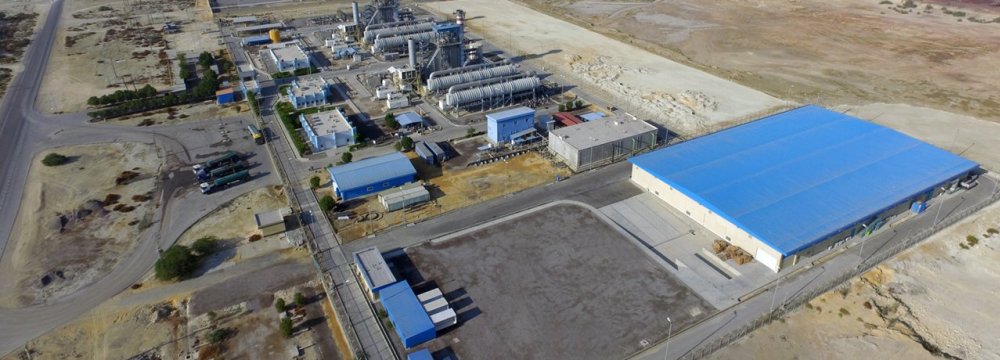
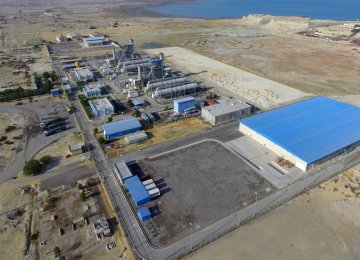
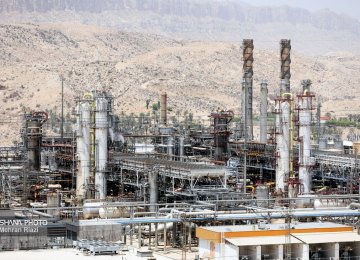
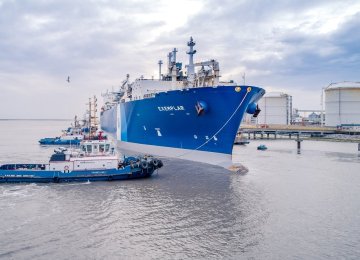
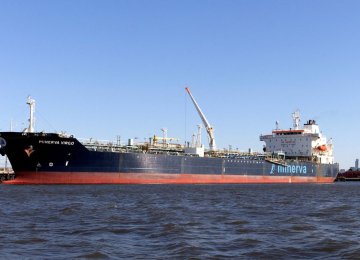
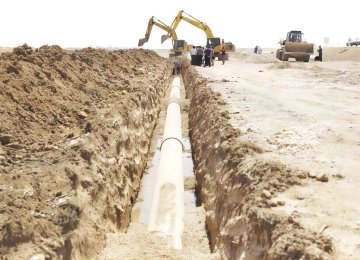
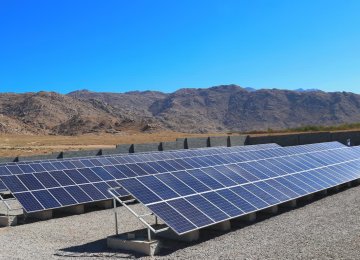


Add new comment
Read our comment policy before posting your viewpoints